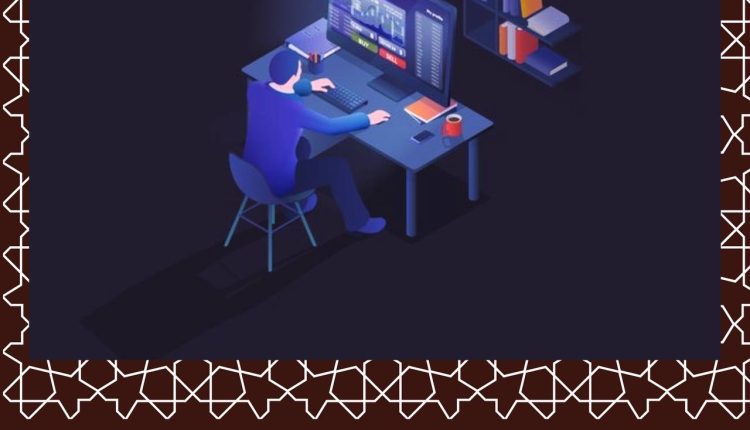Virtual learning technologies have emerged as powerful tools for transforming education and training on a global scale. With the advent of digital platforms, online resources, and interactive learning experiences, technology is reshaping traditional approaches to teaching and learning. This article explores the ways in which virtual learning technologies are revolutionizing education and training worldwide.
Accessibility and Flexibility:
One of the primary benefits of virtual learning technologies is their ability to provide accessible and flexible learning opportunities. With online courses, webinars, and virtual classrooms, learners can access educational content anytime, anywhere, using a variety of devices. This flexibility eliminates barriers to education, allowing individuals to pursue learning opportunities that fit their schedules and lifestyles, regardless of geographical location or time constraints.
Personalized Learning Experiences:
Virtual learning technologies enable personalized learning experiences tailored to individual preferences, needs, and learning styles. Adaptive learning platforms use data analytics and artificial intelligence to assess learners’ strengths and weaknesses, adapt content delivery, and provide targeted feedback and support. Additionally, interactive multimedia resources, simulations, and gamification techniques engage learners and enhance comprehension, making learning more engaging and effective.
Global Collaboration and Connectivity:
Technology facilitates global collaboration and connectivity, connecting learners and educators from diverse backgrounds and geographical locations. Online forums, discussion boards, and collaborative projects enable students to interact with peers, exchange ideas, and collaborate on assignments in virtual environments. Furthermore, video conferencing tools and virtual reality simulations enable immersive, cross-cultural learning experiences, fostering cultural understanding and global citizenship.
Professional Development and Lifelong Learning:
Virtual learning technologies are transforming professional development and lifelong learning by providing accessible, cost-effective training opportunities for individuals at all stages of their careers. Online courses, webinars, and microlearning modules allow professionals to acquire new skills, stay updated on industry trends, and advance their careers without the need for traditional classroom-based training. Additionally, digital credentialing and certification programs validate learning achievements and enhance employability in a rapidly evolving job market.
Enhancing Inclusivity and Equity:
Technology has the potential to enhance inclusivity and equity in education by addressing barriers to access and participation. Virtual learning technologies accommodate diverse learning needs and preferences, offering accommodations for students with disabilities, language learners, and those with limited access to traditional educational resources. Furthermore, initiatives to bridge the digital divide and provide internet connectivity and devices to underserved communities ensure that all learners have equal opportunities to succeed.
